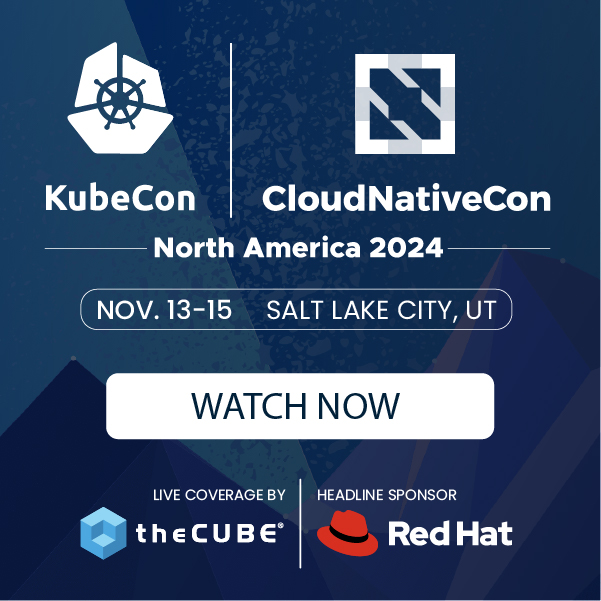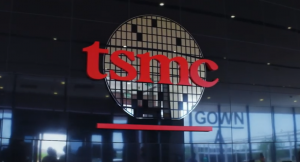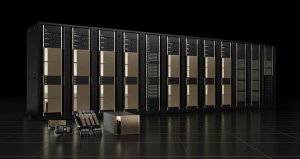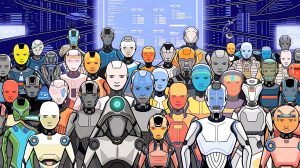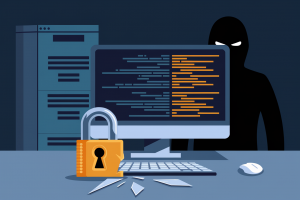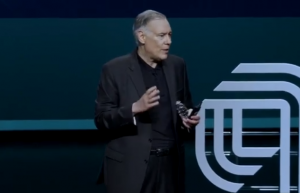John Sculley on customers, disruption and the fight with Steve Jobs
![]() At 14, John Sculley invented a color picture tube and channel changer that almost were licensed by a major TV manufacturer. His college major wasn’t business but architecture. His career took him to Pepsi-Cola Co., however, where he rose through the ranks to become its youngest CEO. During his tenure, Pepsi innovated with two huge marketing successes: the Pepsi Generation ad campaign and later the Pepsi Challenge.
At 14, John Sculley invented a color picture tube and channel changer that almost were licensed by a major TV manufacturer. His college major wasn’t business but architecture. His career took him to Pepsi-Cola Co., however, where he rose through the ranks to become its youngest CEO. During his tenure, Pepsi innovated with two huge marketing successes: the Pepsi Generation ad campaign and later the Pepsi Challenge.
Sculley is best known, though, as the CEO of Apple Computer, Inc. from 1983 to 1993, a tumultuous time during which he and founder Steve Jobs clashed, eventually forcing Jobs out of the company. What is less remembered is that Sculley grew Apple’s revenue tenfold. He also evangelized the Newton, a pioneering personal digital assistant that was far ahead of its time.
![]() Since leaving Apple, Sculley has stayed active as an investor and advisor to companies in areas ranging from healthcare to charity. At a month short of 76, he shows no signs of slowing down. His new book is Moonshot!: Game-Changing Strategies to Build Billion-Dollar Businesses.
Since leaving Apple, Sculley has stayed active as an investor and advisor to companies in areas ranging from healthcare to charity. At a month short of 76, he shows no signs of slowing down. His new book is Moonshot!: Game-Changing Strategies to Build Billion-Dollar Businesses.
Q: Why should people read another book about how to start a successful business?
Sculley: The book is about how exponential technologies like cloud computing, mobility, the Internet of Things and Big Data analytics are shifting market power from producers to customers. Customers are paying more attention to the opinions of other customers that they are to established companies. This is important for both B2B and B2C companies to understand.
Q: How has the acquisition and maintenance of power inside companies changed during your career?
Sculley: In my early years business was a military command-and-control model inspired by the U.S. success in World War II. Now customers have a lot more transparency. All of this is distributing power throughout the organization and pushing more of it out to customers.
Q: Cisco CEO John Chambers recently told a group of CEOs that 60% of their won’t exist in 10 years. Do you agree?
Sculley: I think he’s being very pragmatic. Large, organizations invariably empower their middle managers with the authority to say no but they make it hard to say yes. That makes it difficult for organizations to pivot and adapt to a changing world where customers are demanding more. At the same time, a lot of mid-level work is going to be handled by technology in the future, so the way work gets done is changing
Q: Will businesses ever know stability again?
Sculley: Yes, we’ll constantly be looking for balance. It’ll be like a top that has to be in motion or it falls over. Organizations that think they can keep doing what they’re doing are vulnerable to being completely dis-intermediated.
Q: Your book talks about people you call “adaptive innovators.” What are they and how do companies nurture them?
Sculley: Adaptive innovators are constantly scanning the horizon and looking for better ways to create a customer experience. If you can’t make your customers happier than your competitors, you’re in deep trouble.
Forget about the business plan; that’s just a budgeting exercise. Become the best possible company at pleasing customers, because it costs five to eight times more to replace a customer than to retain one.
Clashing with Steve
Q: Your tenure at Apple is often remembered for the clash with Steve Jobs. Looking back, would you have done anything differently?
Sculley: Many things, but let me give you some context. I wasn’t recruited at Apple because I knew anything about computers, but because the Apple II was the only source of cash flow at the time. The Apple III and the Lisa had failed and they needed the Apple II to be a sustainable cash machine for at least three more years while Steve developed the Macintosh.
I was also brought into Apple to help Steve toward his goal of turning high tech into an industry that is as good at selling experience as the cola industry. He loved the Pepsi Challenge and wanted to learn from that.
Steve and I fell out after the Mac was introduced. Macintosh Office was the precursor to desktop publishing, but processors weren’t sophisticated enough in 1985 to render fonts as you saw them on screen. Steve was discouraged and he got mad at me. He wanted to drop the price of the Mac, but I said that would risk running Apple into a loss and we had to wait at least a year until microprocessors became more powerful. That was the issue that divided us, and the board agreed with me.
Q: You write with great candor about the surprise of being fired from Apple. What did you learn from that experience?
Sculley: I learned how painful it is to be ambushed. I had been arguing against licensing the Macintosh platform because we’d have to get a big market share just to break even and would still have to lay off a lot of people. Intel and Microsoft were doing things in software that made a 386 machine look an awful lot like the Mac. I felt we should stay with our proprietary technology and make a bet on another generation of computers that we called personal digital assistants. The reality was that the timing was way too early.
Q: The Newton was criticized when it came out in 1993, but it had many tools that we now use every day. What factors tell you that a market is ready for an innovation?
Sculley: A lot of people are good at telling you what the future is going to be but not at telling you when. Newton was staffed with some of Apple’s most brilliant computer scientists. Using what was possible at the time, they got it right. For example, it was the first use of the ARM processor, of gestures and of wireless communications. But we were 15 years too early. We didn’t appreciate that it was going to be at least a decade until we could commercialize a lot of those things.
Listen to a podcast recording of the full interview on FIR B2B.
A message from John Furrier, co-founder of SiliconANGLE:
Your vote of support is important to us and it helps us keep the content FREE.
One click below supports our mission to provide free, deep, and relevant content.
Join our community on YouTube
Join the community that includes more than 15,000 #CubeAlumni experts, including Amazon.com CEO Andy Jassy, Dell Technologies founder and CEO Michael Dell, Intel CEO Pat Gelsinger, and many more luminaries and experts.
THANK YOU







